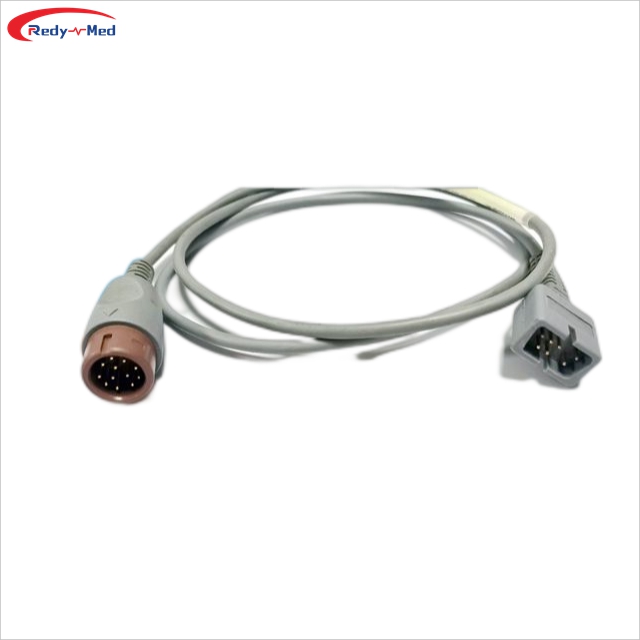
sidestream etco2 sensor
2024-03-21 00:04:21

The groundbreaking sidestream EtCO2 sensor represents a significant advancement in medical technology, revolutionizing the way carbon dioxide levels are monitored during medical procedures. This article aims to provide a comprehensive overview of this innovative device, its applications, and its potential impact on patient care.
The Evolution of EtCO2 Monitoring
In the past, monitoring end-tidal carbon dioxide (EtCO2) levels required invasive procedures or bulky equipment. However, the advent of sidestream EtCO2 sensors has transformed this process. The sidestream technology allows for non-invasive monitoring of exhaled carbon dioxide during anesthesia or respiratory therapy.
1. Non-Invasive and Efficient Measurement
The sidestream EtCO2 sensor utilizes a small cannula or sampling line that is placed directly in the patient's airway. This sampling line, connected to the device, continuously aspirates a small amount of exhaled gas from the patient. Through a series of processes, the sensor accurately measures the concentration of CO2 in the exhaled breath.
Compared to mainstream EtCO2 sensors, which are integrated directly into the patient's breathing circuit, sidestream sensors offer several advantages. The smaller size of the sampling line reduces the dead space and potential for leakage, ensuring more accurate and reliable readings. Additionally, sidestream sensors are compatible with a wide range of patients, including neonates and adults.
2. Widely Applicable in Various Medical Settings
The versatility of sidestream EtCO2 sensors makes them suitable for diverse medical fields. In anesthesia, these sensors are instrumental in ensuring proper breathing and ventilation during surgeries. By continuously measuring EtCO2 levels, healthcare providers can detect potential complications, such as airway obstruction or equipment failure, in real-time.
Moreover, sidestream EtCO2 sensors find applications in intensive care units (ICU) and emergency departments. They aid in monitoring intubated patients, helping to identify respiratory distress, hyperventilation, and other critical conditions promptly. Other areas where these sensors prove invaluable include sleep medicine, procedural sedation, and home ventilation.
3. Enhancing Patient Safety and Care
The implementation of sidestream EtCO2 sensors has significantly improved patient safety and overall care. These sensors provide immediate feedback on changes in carbon dioxide levels, which can signify alterations in cardiac output, metabolism, or ventilation. By closely monitoring EtCO2, healthcare professionals can tailor interventions to optimize patient outcomes.
Additionally, these sensors enable rapid detection of airway obstructions or disconnections, allowing for immediate corrective actions. By ensuring proper ventilation and gas exchange, sidestream EtCO2 sensors contribute to the prevention of serious complications and adverse events.
Concluding Remarks
The sidestream EtCO2 sensor has undoubtedly revolutionized the monitoring of carbon dioxide levels during medical procedures. Its non-invasive nature, versatility, and ability to enhance patient safety make it a vital tool in various healthcare settings. With continuous advancements in technology, the future holds even greater potential for the utilization of sidestream EtCO2 sensors in improving patient care and outcomes.
Get the latest price? We'll respond as soon as possible(within 12 hours)




